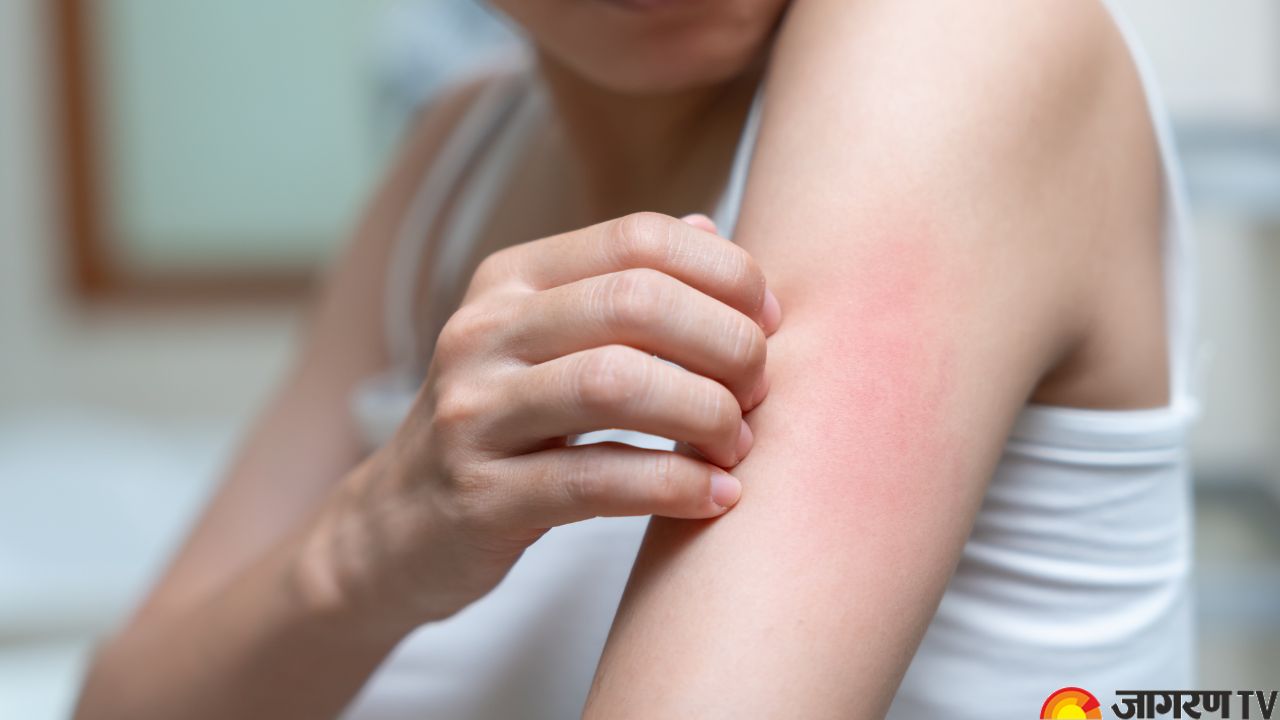Bladder Health: What is Overactive Bladder? Know Symptoms, Causes, Treatment
Bladder Health: Overactive bladder (OAB) is a prevalent illness that affects more women than men, with a prevalence of around 16% in women and 10% in men. The probability of getting symptoms rises with age. There are two major forms of OAB: dry and moist. Dry OAB is characterised by a strong urge to urinate but no leakage, whereas wet OAB is characterised by urge incontinence and leakage. The most noticeable signs are increased urine frequency and an overwhelming urge to pee. Ageing, prostate enlargement in men, menopause in women, obesity, urinary tract infections, and bladder cancer in situ are all risk factors.
Overactive Bladder Treatment
A urologist conducts a complete evaluation, including urine testing and imaging such as ultrasound, to rule out illnesses such as diabetes and bladder cancer. Treatment often starts with anticholinergics (e.g., solifenacin, darifenacin) and β3 agonists (e.g., mirabegron). Behavioural treatment and lifestyle changes, such as weight loss, may be recommended. If these techniques fail, sophisticated treatments such as intravenous botulinum toxin injections, magnetic pelvic floor stimulation, or sacral neuromodulation may be attempted. Sacral neuromodulation involves implanting leads into the sacral nerves and connecting them to a pacemaker, which controls nerve impulses to successfully treat symptoms.





 >
> >
> >
> >
>